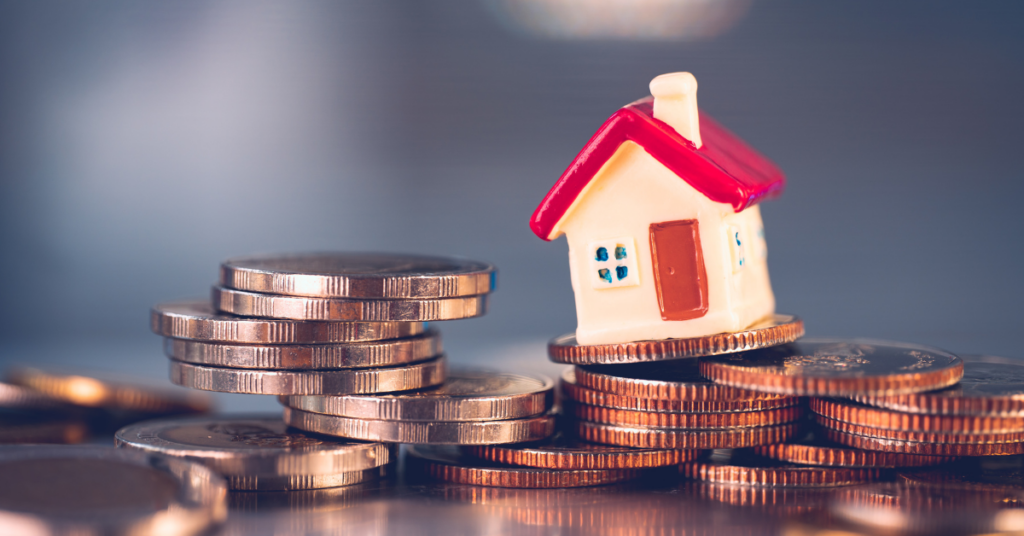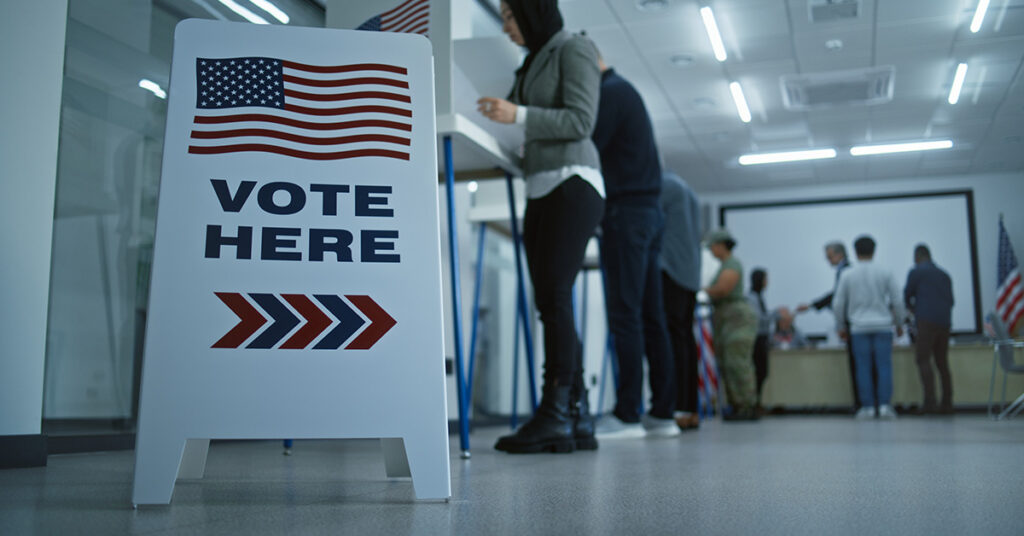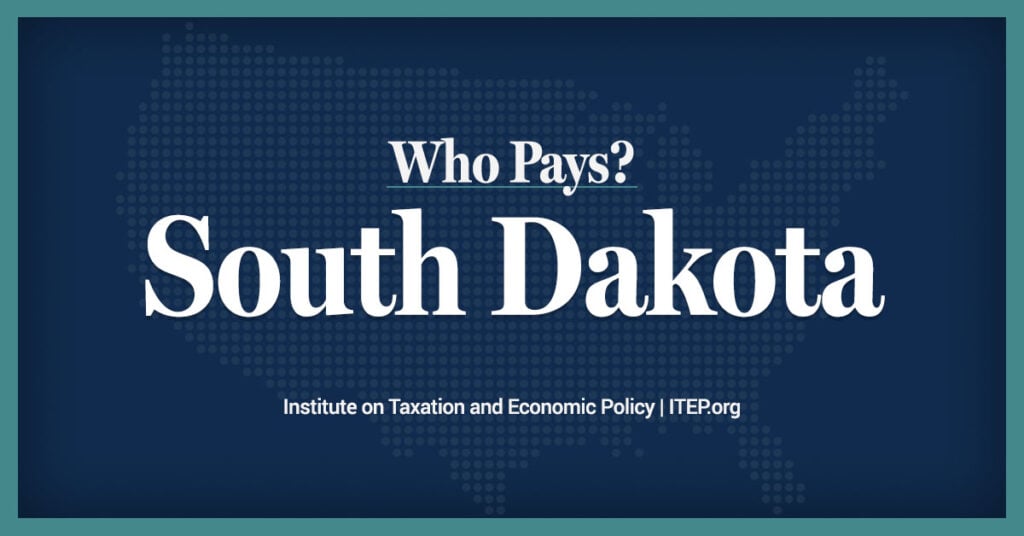See all “Low Tax for Who?” states
 New data from the Census Bureau lend support to South Dakota’s reputation as a “low tax state,” ranking it 50th nationally in taxes collected as a share of personal income, the lowest overall tax state.1 But focusing on the state’s overall tax revenues has led many observers to overlook the fact that different taxpayers experience South Dakota’s tax system very differently. In particular, the poorest 20 percent of South Dakota residents pay significantly more of their income (11.6 percent) in state and local taxes than any other group in the state. For low-income families, South Dakota is far from being a low tax state.2 In fact, only ten states tax their poorest residents more heavily than South Dakota.
New data from the Census Bureau lend support to South Dakota’s reputation as a “low tax state,” ranking it 50th nationally in taxes collected as a share of personal income, the lowest overall tax state.1 But focusing on the state’s overall tax revenues has led many observers to overlook the fact that different taxpayers experience South Dakota’s tax system very differently. In particular, the poorest 20 percent of South Dakota residents pay significantly more of their income (11.6 percent) in state and local taxes than any other group in the state. For low-income families, South Dakota is far from being a low tax state.2 In fact, only ten states tax their poorest residents more heavily than South Dakota.
No Income Tax, but High Sales and Excise Taxes According to the Census Bureau, South Dakota’s state and local tax collections totaled 7.9 percent of personal income in fiscal year 2011, well below the national average of 10.6 percent. One reason for South Dakota’s low ranking is that it is one of just nine states that does not levy a broad-based personal income tax.
But failing to levy an income tax comes at a cost. In order to pay for state and local government services, South Dakota’s sales and excise taxes are 17 percent above the national average. Measured relative to personal income, South Dakota has the 14th highest sales and excise tax collections in the entire country. According to the Institute on Taxation and Economic Policy (ITEP), the poorest 20 percent of South Dakota households spend 8.7 percent of their income on these taxes, compared to just 1 percent of income for the state’s most affluent residents.
A High Tax State for the Poor While South Dakota’s state and local taxes average 7.9 percent of income, differently positioned taxpayers experience South Dakota’s tax system very differently. For the top 1 percent of South Dakota households (a group with an average income over $1.1million), the Mount Rushmore State’s decision not to levy a personal income tax has indeed been an enormous boon. This group pays just 2.1 percent of their income in South Dakota taxes—the 2nd lowest (or 48th highest) state and local tax bill for this group in the entire country.
But while South Dakota’s reputation as a “low tax state” is accurate for wealthy households, it bears little resemblance to reality for the state’s less affluent residents. The poorest 20 percent of South Dakota taxpayers (earning an average income of $11,200 per year) actually face the 11th highest state and local tax bill in the entire country, at 11.6 percent of income.
South Dakota’s imbalanced tax system, with its heavy reliance on sales and excise taxes, is pushing the state’s impoverished taxpayers deeper into poverty. The state’s lack of a personal income tax has been a major contributor to its reputation as a “low tax state,” but it comes at a steep price in terms of higher tax rates on low-income families.





